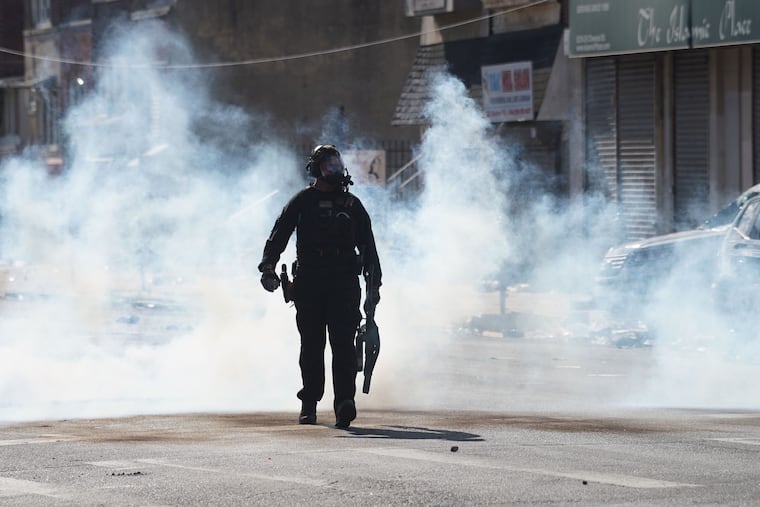As unrest spreads, Philly officials struggle to assess police response to the violence and looting
Mayor Jim Kenney and Managing Director Brian Abernathy said the department was facing an unprecedented deployment challenge — one occurring in the midst of a pandemic — and that delays in responding to scenes were more an issue of manpower than a lack of will.
